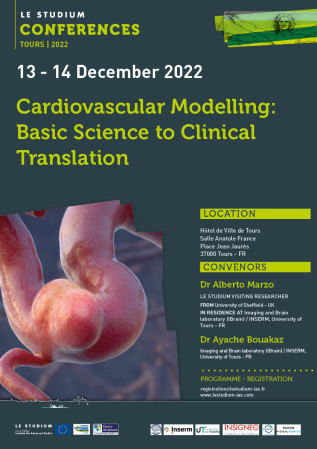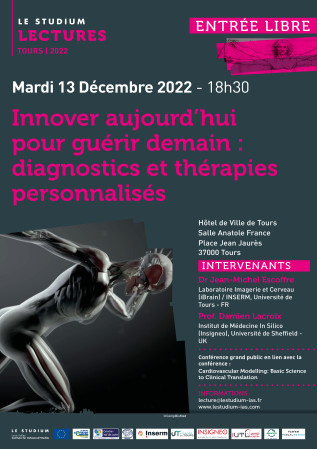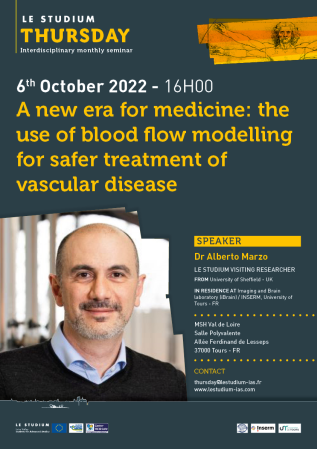Dr Alberto Marzo

From
In residence at
Imaging and Brain laboratory (iBrain) / INSERM, University of Tours - FR
Host scientist
Dr Ayache Bouakaz
BIOGRAPHY
Dr Marzo is an Associate Professor at the Department of Mechanical Engineering, University of Sheffield, UK. He has a five-year degree in Mechanical Engineering from the University of Cagliari, Italy, and a PhD from the University of Sheffield. In the early stages of his PhD he was awarded the David Crighton Fellowship, and spent one year of his doctoral studies at the Department of Applied Mathematics and Theoretical Physics, the University of Cambridge. Here he investigated the theory behind flow-induced oscillations in elastic vessels. In 2011-12 he worked as a Principal Research Scientist for the UK National Health Service to support technology development, dissemination, and adoption, for people with long-term disabilities. Dr Marzo's research area stands at the interface between the physical and life sciences. It is firmly rooted in engineering and mathematics in the context of computational fluid mechanics and cardiovascular biomechanics, but has a strong emphasis on clinical interpretation and translation of engineering technologies into clinical tools.
PROJECT
The Role of Haemodynamics in Intracranial Bifurcation Arteries after Aneurysm Treatment with Flow-Diverting Stents
Intracranial aneurysms (IAs) are balloon-like focal deformations of a blood vessel in the brain, carrying an inherent risk of rupture and bleeding with severe consequences for the patient. When intervention is advocated, clinicians have several options to treat IAs. A minimally invasive option consists of deploying a medical device (Flow Diverting Stent or FDS) to divert flow from the aneurysm, triggering blood coagulation inside the aneurysmal sac to stop or prevent any existing or potential bleeding. In certain circumstances this treatment causes the occlusion of the arteries surrounding the aneurysm, leading to obstruction of normal blood flow to the brain, and ultimately permanent and often irreversible damage (stroke). The causes behind this complication are not fully understood but there is a strong consensus in the literature that the underlying causes might be associated with adverse alterations to the pre-treatment blood flow in the vascular network surrounding the aneurysm. Unfortunately, these complications are currently preventing the widespread use of this minimally invasive treatment option that would ultimately reduce risk, hospitalization and healthcare costs. Stent-induced alterations to blood flow in a blood vessel can be analysed using a computer model that reproduces, virtually and accurately, the mechanical and anatomical environment of the problem, or by using 3D printed vascular models and a blood mimicking fluid to study the problem experimentally. This project will attempt to identify, through the use of image-based computer models and ultrasound-based experimental analysis, the possible cause-effect mechanisms, mediated by blood flow, which may explain under what circumstances the deployment of an FDS causes significant changes to flow and ultimately vessel occlusion. The long-term aim is that of providing guidance to clinicians towards a safer and more effective treatment of this condition.



